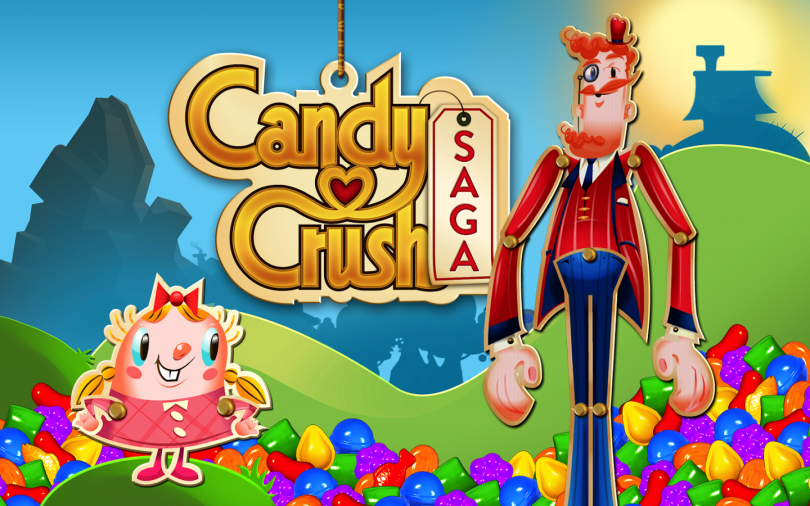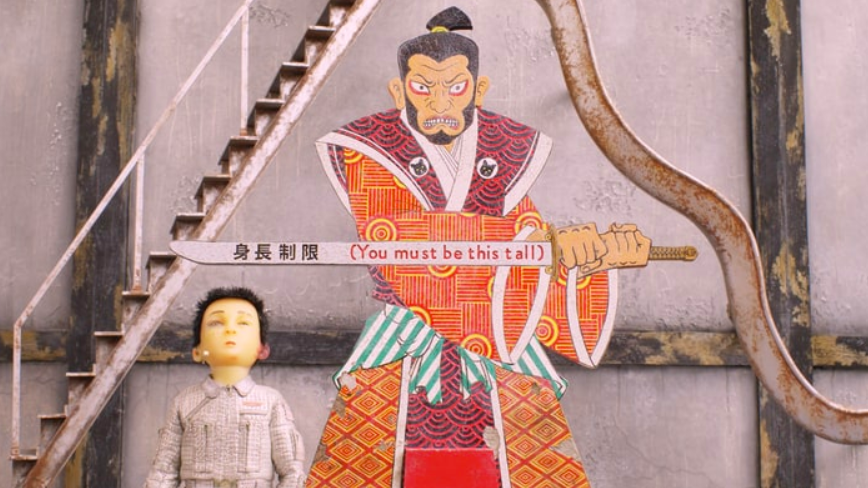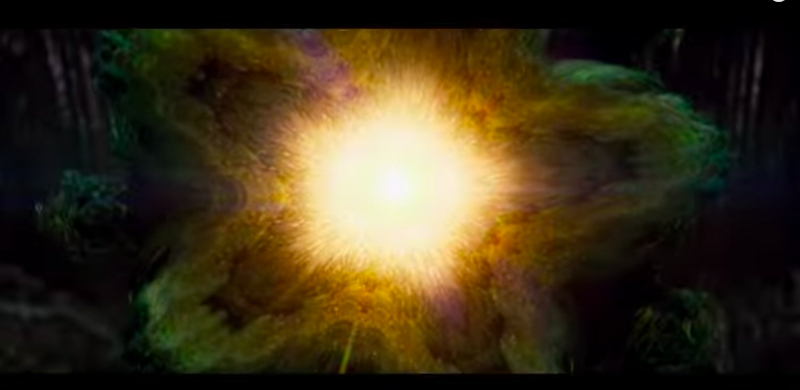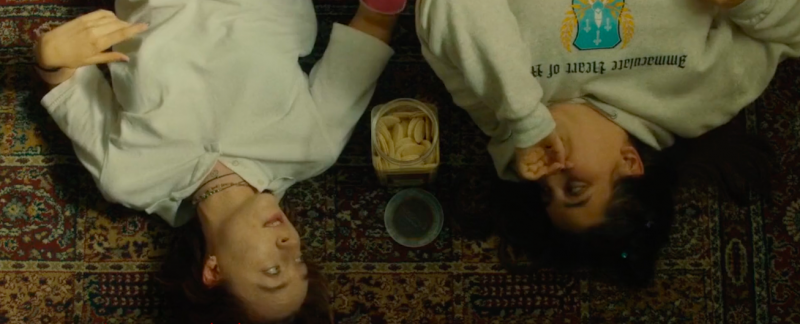aNewDomain — Alright, yes, “Candy Crush Saga” has done a lot of harm. The Facebook notifications present themselves as terrible social peer pressure. Yes, it’s a rip-off of “Bejeweled,” and yes, it looks to be designed for children. Oh, and it can be a money sink.
As you can maybe tell, I was pretty dismissive of the “Candy Crush Saga” craze. I thought my friends deserved a quick slap for even suggesting it to me. But, as time marched on, and I saw more people become intrigued, I began to think, Do I really have anything to lose?
Yes, time, but that’s not that important, right? I didn’t want to review the game in a traditional manner. Instead I wanted to see if there was anything behind this hype-filled fad. Am I right to be dismissive, or should I listen to my friends? We’ll see.
First Impressions of “Candy Crush Saga”
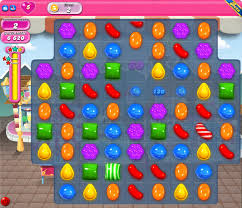 The “Candy Crush” premise is simple — you just have to match three or more candies of the same color in a row. Doing so clears them from the field and drops more into the field, until you beat the level. Beating the level can be done by achieving cool objectives, like clear the jelly, bringing down a certain number of ingredients or simply getting a certain number of points.
The “Candy Crush” premise is simple — you just have to match three or more candies of the same color in a row. Doing so clears them from the field and drops more into the field, until you beat the level. Beating the level can be done by achieving cool objectives, like clear the jelly, bringing down a certain number of ingredients or simply getting a certain number of points.
Those first few levels are easy — a cakewalk. It’s almost like it was made for children (it was). But, as with all addicting things, the further you get the harder it becomes. A rage quit occurs, and then another six. The levels spike above 100, and it gets so tough you’ll probably drop before beating it.
The usual issue with this platform — many levels and increasing difficulty — is that it’s too repetitive. But, to my surprise, “Candy Crush” surpasses repetitiveness with insanely hard levels that are downright addictive. The difficulty is real — and seems legitimate. Yes, there’s a lack of game variation, but I don’t seem to care — simple becomes beautiful.
For Children by Children?
King Games is responsible for the craze of “Candy Crush Saga,” and, while many people like the art, I found it terrible. It’s like “Willy Wonka & the Chocolate Factory” slammed into “Candyland” and out birthed “Candy Crush Saga.” It’s just not for me. And the whole storyline (yes, there’s a story) felt fairly nonsensical and slapped together last-minute. There’s cutout characters — a factory man, a bawling dragon and a young girl — all of which feel rushed. I saw that dragon in a Starburst commercial!
 There’s an irony in the “Candy Crush” craze — it uses graphics that were meant for a five-year-old, but has hooked teenagers and adults. Of course, I’m just one opinion. Many people like the graphics, and the game would likely be boring without a few of the sparkly elements. The funny thing is, even though I rant about it, nothing quite stops me from playing “Candy Crush,” so maybe the art issue is moot.
There’s an irony in the “Candy Crush” craze — it uses graphics that were meant for a five-year-old, but has hooked teenagers and adults. Of course, I’m just one opinion. Many people like the graphics, and the game would likely be boring without a few of the sparkly elements. The funny thing is, even though I rant about it, nothing quite stops me from playing “Candy Crush,” so maybe the art issue is moot.
I also seriously dislike the soundtrack to the game. It doesn’t add anything. It actually increases the level of rage I have, and thus makes me quit more. And I don’t even play that much — how people have sat through 100 levels with this music is beyond me. A good game should have good music.
Defining The Mobile World
“Candy Crush Saga” is unique in the mobile landscape. There are good things, like when it gives you a valid move if you’re stuck. But, of course, that’s not always actually helpful.
The bad things — they outnumber the good, just so you know — rely on the freemium issue of mobile games. I’ve never seen a game that requires as much hard-earned cash in the form of boosts, more lives, more items and other stuff, than “Candy Crush.” “Clash of Clans” is reputed to be bad, but the “Candy Crush” tactics feel like stealing.

There’s a way to not shell out your money. Facebook. Yes, we’ve come to it — “Candy Crush Saga” asks you directly to bother your friends on Facebook to get help in the game. This is terrible, and will always be terrible. The gaming world should not squeeze our wallets and social lives for extra features — it’s a bad model.
The traditional features in games used to be unlockable components within the game, usable with virtual currency that the players earned based on their own merit and skill. But now companies want to extract all the coinage they can from a game, either by selling half-finished products, or by catering to the player’s desire to boost their status, level or whatever by selling power-ups for real money. Seriously, the finite amount of lives changes “Candy Crush Saga” from a revolutionary new mobile game into a cheap Atari knockoff — and at least you could get power-ups for free back then.
That’s my version of a rage quit.
Anyway, while “Candy Crush Saga” certainly has its flaws, King Games’ ability to turn a simple color-matching game into a crazy, notification-clogging bombardment is a testament to creativity and ingenuity. And marketing.
Is this game worth the hype? Yes. A bitter yes, but yes all the same. The gameplay speaks for itself. But the game is a victim of too much fruofruo on the part of the designers, and it will get boring for players eventually.
If I were rating this game, I would say it gets a 6/10 for delivering creative, non-repetitive gameplay — but with mediocre features. Play it like I did — to see what the hype is about, to feel the addictive and challenging trials — but don’t give them your money, and don’t bother me on Facebook. Thanks. You can find it free for Android on Google Play or Apple iOS.
For aNewDomain, I’m Puching Zhang.
All images: Candy Crush Saga page via Google Play

